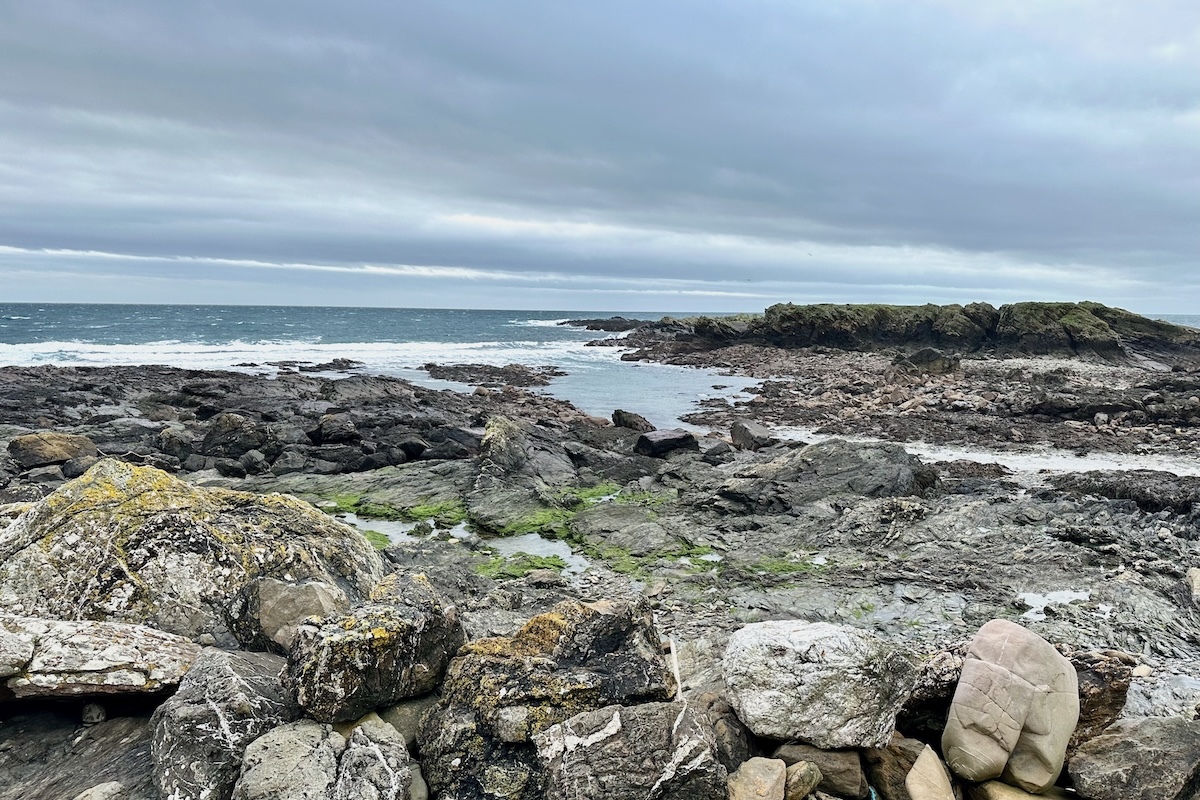
Spice up your travels around the Isle of Man by delving into the fascinating folklore, superstitions and traditions of this enchanting island.
A good place to start exploring this fascinating aspect of this island is St Johns and Culture Vannin which is based in a small building in the centre of this village. Culture Vannin is responsible for promoting the folklore, culture and traditions of the Manx people who live on the Isle of Man. Its building may be small but the interior is bursting with passion and information about the island’s heritage and history. The small museum on the ground floor is open to the public and members of the team who work here are pleased to welcome visitors and show them around. They will also explain in detail the origins and traditions relating to Tynwald Hill, which is on the other side of the road in St Johns.

Tynwald Hill is a distinctive landmark on the Isle of Man. To the visitor it may look like a grassy mound but, to the Manx people, it is so much more. Not only does it signal the island’s independence as a self-governing British dependency but it goes to the very roots of their existence. Probably built during the thirteenth century, according to legend it is composed of piles of stones held together by soil from the seventeen parishes on the island. It was here the Norse Viking settlers established their parliament, Tynwald. They also began the tradition of an annual open air meeting that still takes place on 5th July every year. Tynwald is the oldest continuous Parliament in the world.

Nowadays, meetings of Tynwald take place in a modern building in Douglas, the capital. Tours of the building are available to the public. Every year the laws made by this parliament are ratified at the open air meeting on Tynwald Hill, known as Tynwald Day.
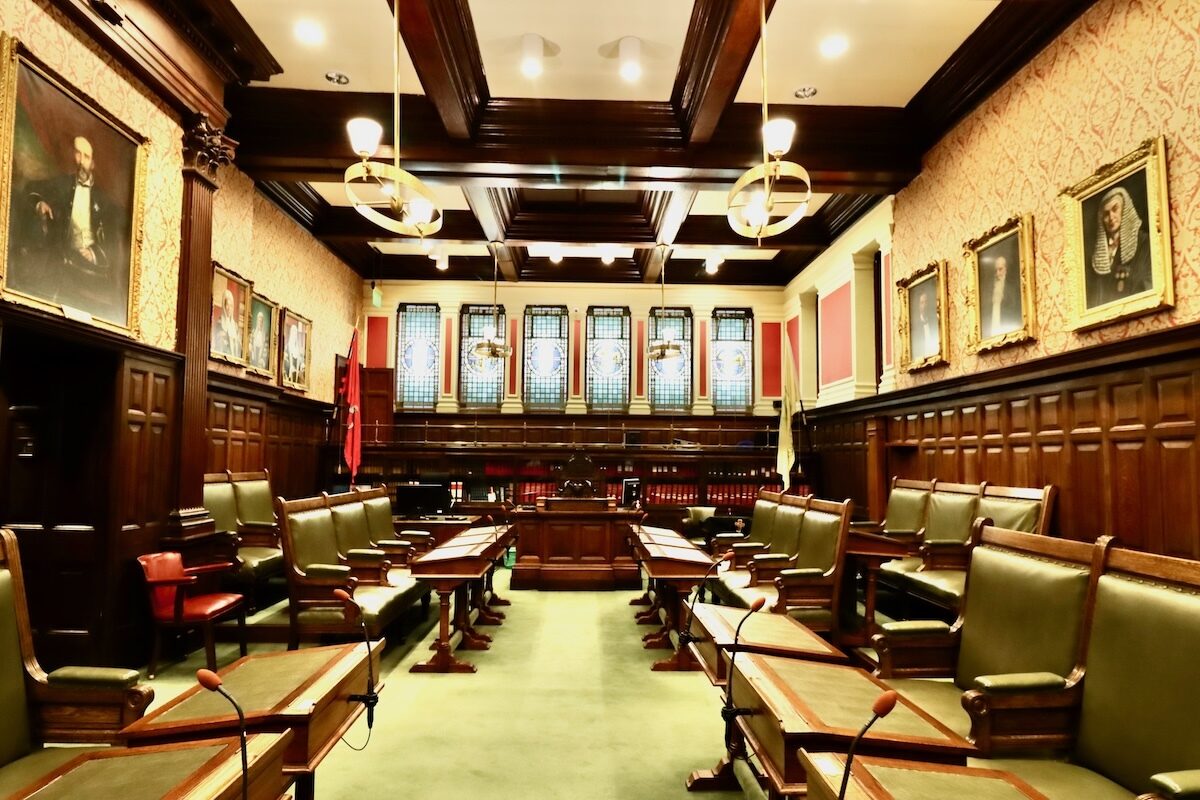
Tynwald Day is a national holiday – a day of pageants and ceremonies and displays of traditional Manx music and dancing. A long-standing tradition on the day is the laying of rushes along the path that connects the hill to the parish church of St John. Special seats are reserved for members of Tynwald in this church. These rushes represent the nominal rent charged by the first ruler and landlord of the island, the Celtic sea god Manannan. During the rule of this good landlord the rushes would be left at the top of South Barrule on Midsummer’s Eve, then celebrated the evening before Tynwald Day. Today the Manx people still climb this hill to pay homage to their first ruler who gave his name to the island, Manannan’s Island. Manannan is also celebrated in the town of Peel which is home to the House of Manannan House. But, before moving on, don’t forget to walk clockwise three times around the base of Tynwald Hill to bring you good luck. However, nine circuits may be necessary for more complicated wishes.
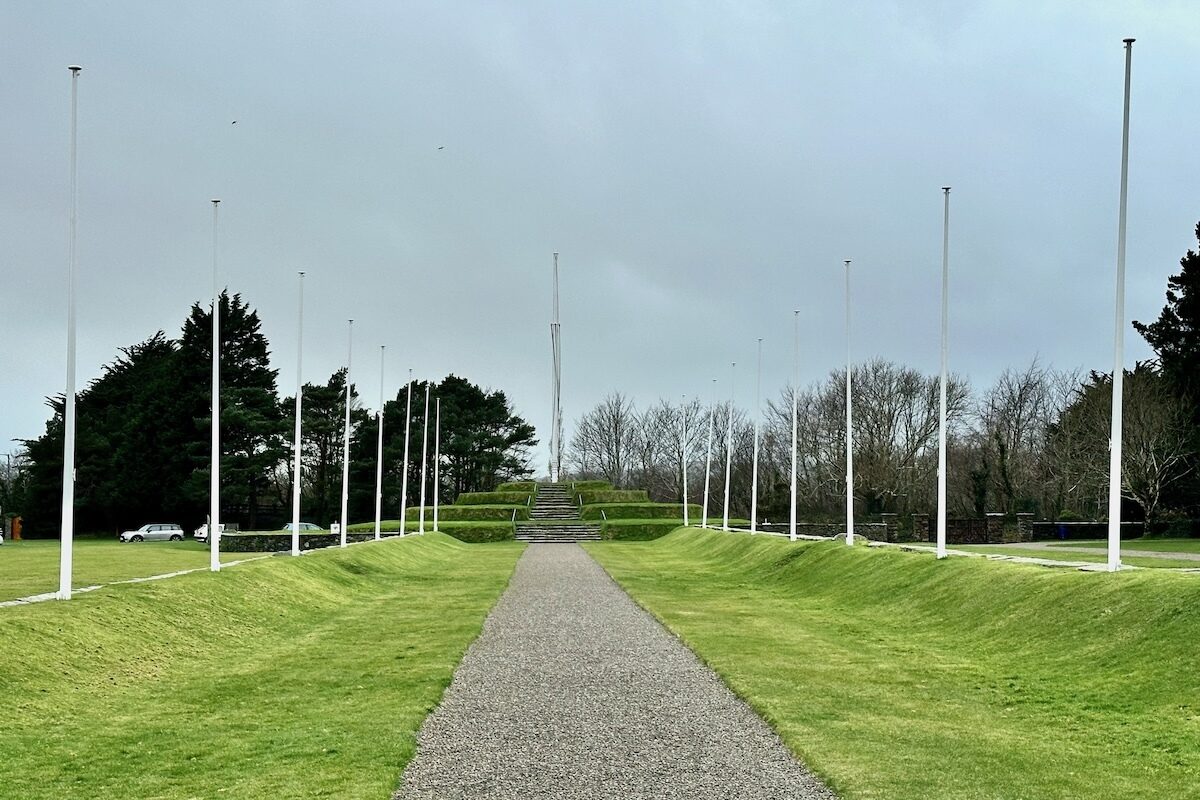
The House of Manannan, as its name suggests, is a large house on the outskirts of the town of Peel. Manannan, the legendary Celtic Sea god, guides visitors through its small galleries narrating the Celtic, Viking and maritime origins of the island once the centre of the Kingdom of Mann. It’s fishing industry thrived during the nineteenth century and tourism flourished during the twentieth century thanks to the Island’s Steam Packet Company. Life-size installations recreate the sounds and smells of the different eras. But unforgettable is a replica of the Viking ship, Odin’s Raven which is cleverly linked to sailors outside the building. Stories and superstitions will form part of your visit here. One fascinating character associated with Peel and whose existence became a matter of international interest in the 1930s was Gef the talking Mongoose.
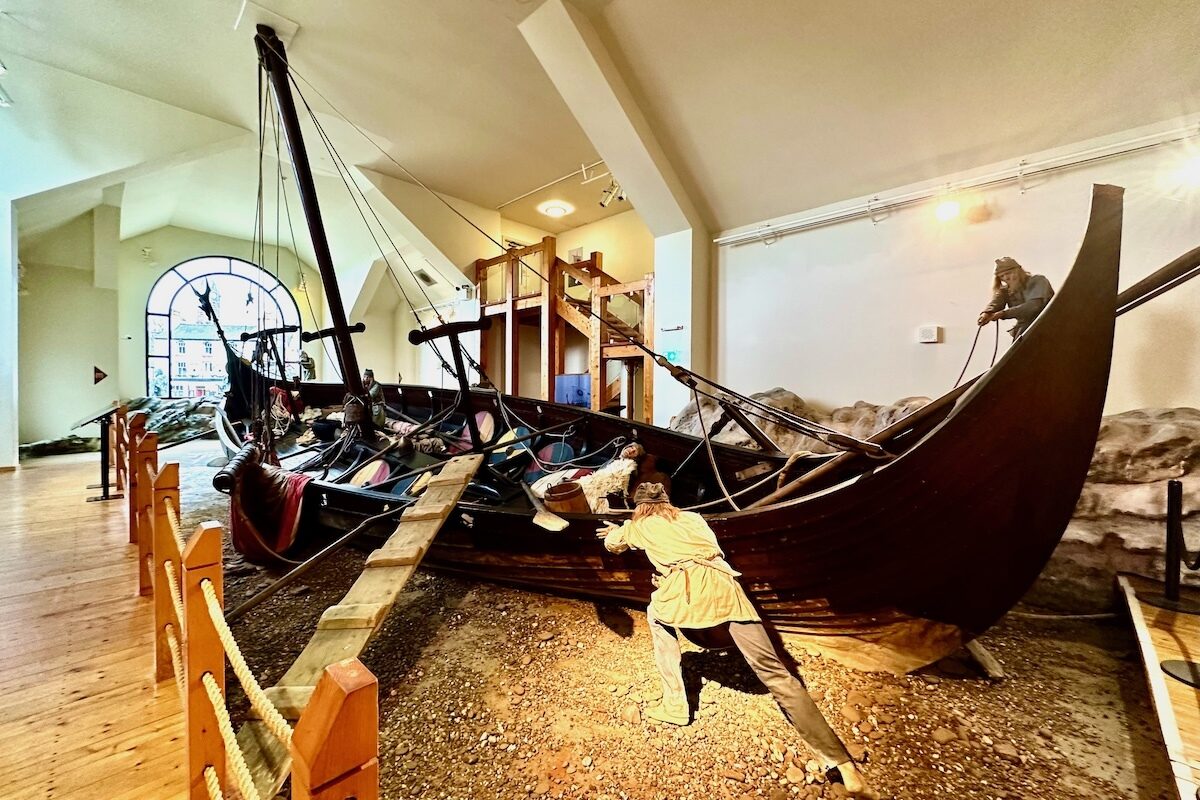
During the 1930s the Irving family who lived in a farmhouse at Cashen’s Gap near the hamlet of Dalby claimed a talking mongoose inhabited their home. This story gained the attention of the newspapers and investigations were undertaken. It was concluded that this claim was a hoax and the ‘voices’ were produced by a ventriloquist in the family. Nevertheless, Gef gained notoriety amongst the locals. His trips away from home often took him to Peel bus depot. He would report conversations he had overheard so accurately that employees at the bus depot believed he existed. They even set traps for him in the waiting room and under bus 81. But Gef always knew where these traps had been set and avoided them. He developed a particular interest in one of the bus drivers who lived in a flat above Cowley’s Pharmacy. This driver also believed in Gef after hearing about his descriptions of his tea service and the interior decoration of his flat.
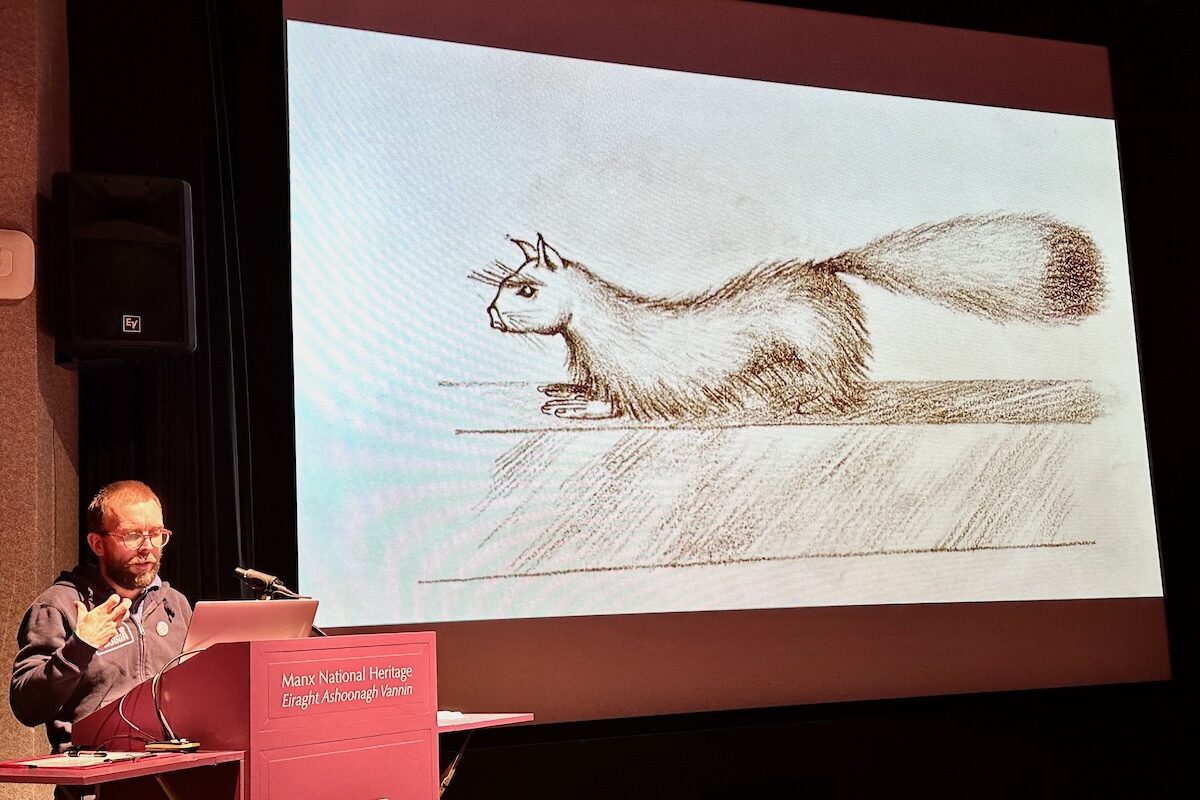
Both St Johns and Peel are easily accessible by public transport but other folklore sites on the island are in wild, isolated areas. After meeting James Franklin author of Folklore Sites of the Isle of Man I was given the chance to visit one of these sites, a tidal location known as Niarbyl near the village of Dalby. There are several stories about this area. One features the Arkan Sonney of Niarbyl which a young girl claimed to have seen from the road between Dalby Village and Niarbyl. This pretty little white pig is supposed to bring good fortune to anyone who sees it. Unfortunately, it disappeared before the girl and her uncle could catch it. Then there was the Dalby Boatman who would row close to the shore and then lean on his oars and sing. But, he never came close enough for the words to be distinguished. However, the tune was picked up and passed down the generations.
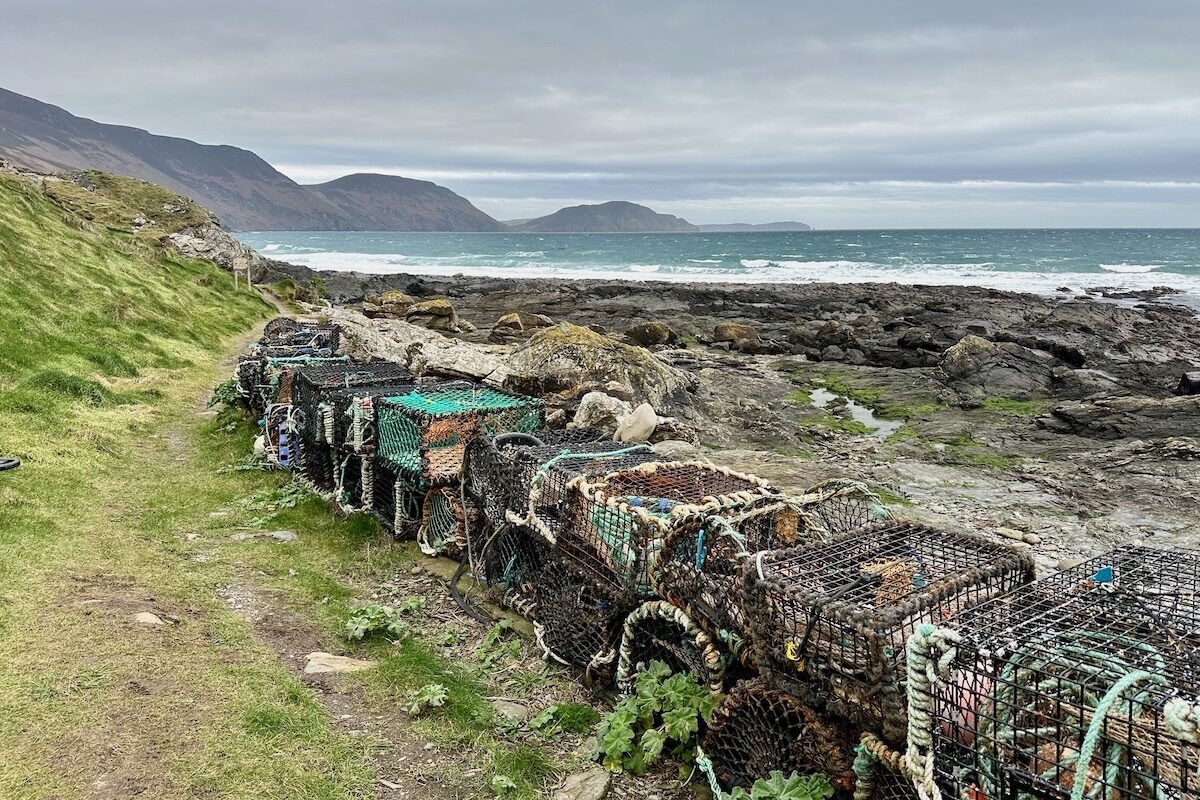
James and I made our way allow a narrow path skirting a headland and across a barren area of pebbles, rocks and rock pools to a cave with three openings. In the middle of this cave was a large boulder where, it has been claimed, the little people or Mooinjer veggey have been seen dancing to music. I could almost feel their presence.

Known for their love of folklore, the Manx people have passed tales of the little people and mythological figures from generation to generation. Some may regard them as superstitions but to the Manx they are the norm. Their children have grown up with them and they delight in talking about them with visitors to the island. It is a way of embracing and loving the rugged landscape of the island. After all, it is far more interesting to think a large white rock in the middle of a residential area is due to the petrification of a spirit rather than the result of years of erosion. This rock is known as The White Lady and it is believed bad luck will fall on anyone who disturbs it. Would you risk it?
Getting There
The Isle of Man Steam Packet operates regular ferry services to the North West of England all season, and the East Coast of Ireland in the summer months. Several airlines, including Easyjet and Loganair operate daily flights from London and regional airports in the UK. There are good public transport links to the main towns on the island from the airport. Don’t forget to say ‘Hello Fairy’ if your bus crosses the Fairy Bridge.
Click here for more information about the Isle of Man
Valery Collins is the Experienced Traveller [cms:asset 12014 title=”Valery Collins the Experienced Traveller”] An excellent raconteur, Valery has been writing about her experiences on the road since she started travelling 28 years ago. After publishing four books she turned to online travel writing.